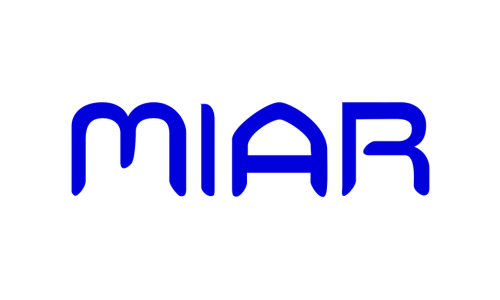Evaluation of Rhythmic Ability: Trends and Prospects
Abstract
The pace is an essential component of all biological activities and is represented by a physical manifestation that is repeated regularly along same or different timing intervals. Because of the complexity and many of its components, the concept of rhythm comes interpreted in different ways and diversity of its meanings creates a terminological mess. In fact, rhythmic can be connected to any organized human expression (architectural rhythms, color rhythms, musical rhythms etc.), or with natural biological events (circadian rhythms, evolutionary rhythms respiratory rhythms, Peristalsis rhythms etc.) In general, the rate is linked to the concept of time, but in musical theory, two terms are represented in different meanings. With long term implication is thought to be the Partial symbol (3/4, 4/4, 6/8 etc.) Placed at the beginning of each section, which shows the number and amount of time and the principal grades. Time is a sequence of musical sounds of the same duration and time constitutes the base structure, called by some authors as the superior hierarchical structure of rhythm (1). While the pace comes defined as a set of tones of varying length pause; This is the division or a number of times indicated by time base part (2), and thus is characterized by different ratios of time between grades. The pace is characterized by an alternation of strong and weak accents, composed of sounds with greater intensity or length falling at intervals more or less regular.
Keywords: circadian rhythms, evolutionary rhythms, respiratory rhythms, Peristalsis rhythms, etc.
Downloads
Published
How to Cite
Issue
Section
License
Declaration/Copyright transfer:
1. In consideration of the undertaking set out in paragraph 2, and upon acceptance by ANGLISTICUM for publication of the manuscript in the Journal, I/We hereby assign and transfer publication rights to ANGLISTICUM, whereas I/We retain the copyright for the manuscript. This assignment provides ANGLISTICUM the sole right and responsibility to publish the manuscript in its printed and online version, and/or in other media formats.
2. In consideration of this assignment, ANGLISTICUM hereby undertakes to prepare and publish the manuscript in the Journal, subject only to its right to refuse publication if there is a breach of the Author’s warranty in paragraph 4 or if there are other reasonable grounds.
3. Editors and the editorial board of ANGLISTICUM are empowered to make such editorial changes as may be necessary to make the Manuscript suitable for publication.
4. I/We hereby acknowledge that: (a) The manuscript submitted is an original work and that I/We participated in the work substantively and thus I/We hereby are prepared to take public responsibility for the work; (b) I/We hereby have seen and approved the manuscript as submitted and that the manuscript has not either been published, submitted or considered for publication elsewhere; (c) The text, illustration, and any other materials included in the manuscript do not infringe upon any existing copyright or other rights of anyone.
5. I/We hereby indemnify ANGLISTICUM and the respective Editors of the Journal as mentioned in paragraph 3, and hold them harmless from any loss, expense or damage occasioned by a claim or suit by a third party for copyright infringement, or any suit arising out of any breach of the foregoing warranties as a result of publication of the manuscript.













